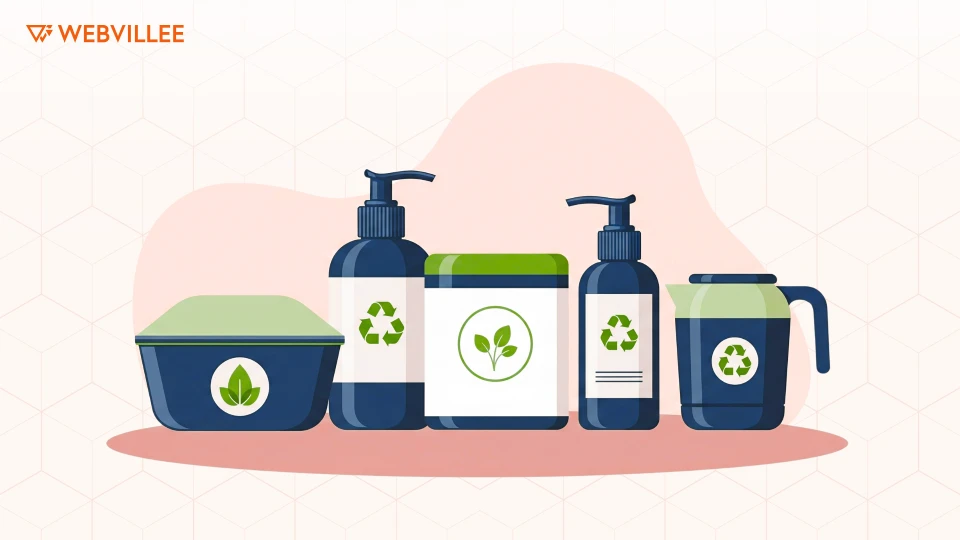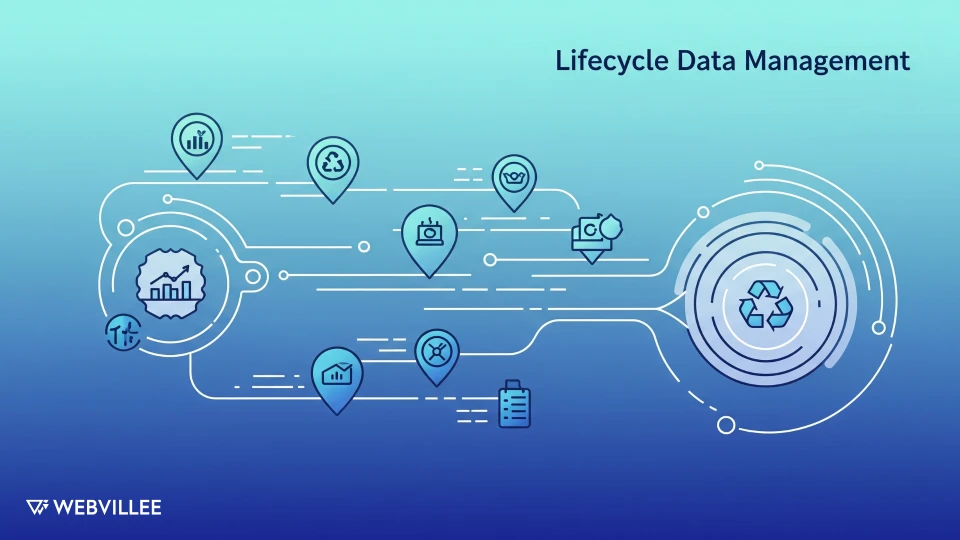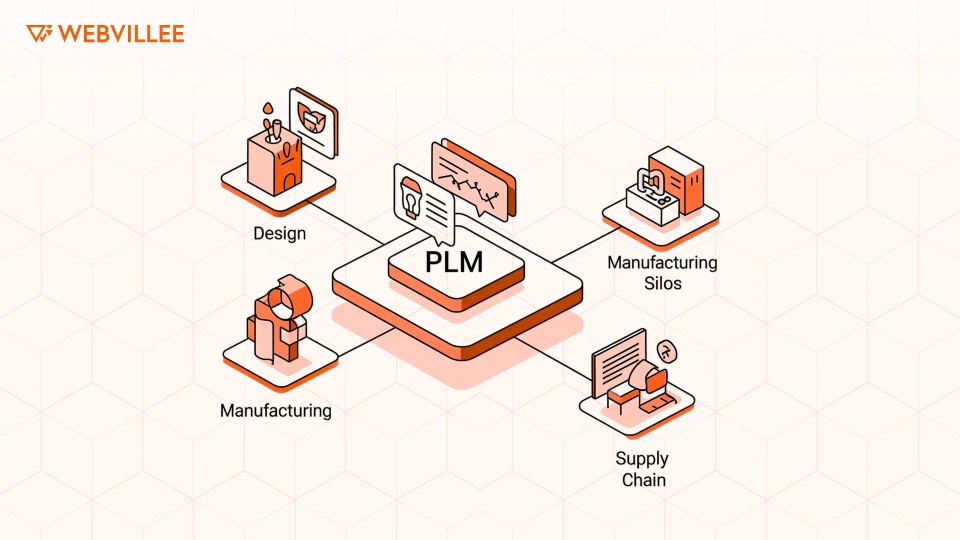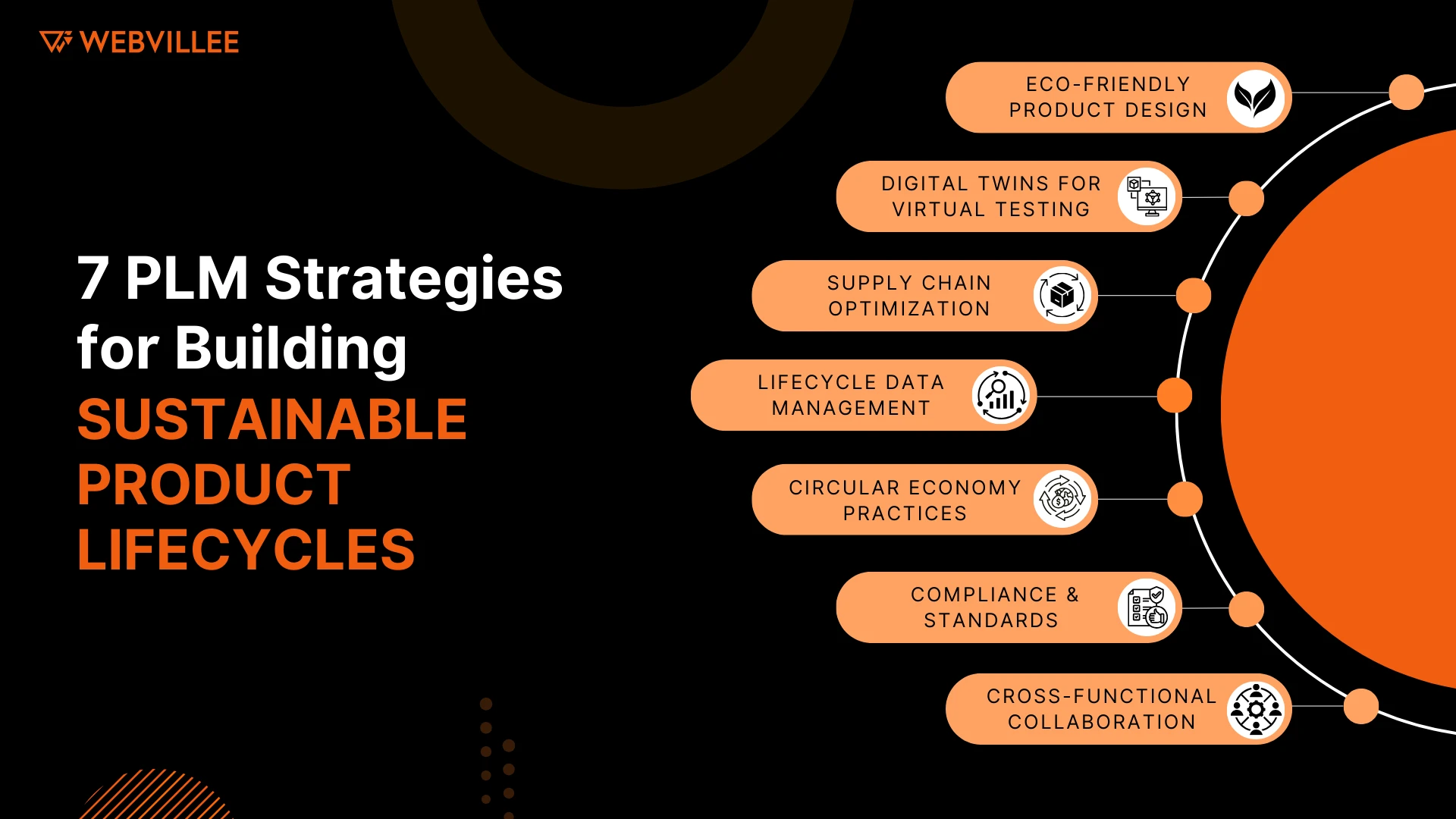What Is PLM and Why Does It Matter for Sustainable Lifecycles?
PLM, or Product Lifecycle Management, is the process of managing a product from its design stage through production, use, and disposal, and it matters because it ensures efficiency, compliance, and sustainability. Businesses adopt PLM strategies to streamline processes, reduce waste, and align with environmental standards.
Sustainability challenges such as resource scarcity, rising costs, and regulatory pressures make PLM more important than ever. By embedding sustainable practices into lifecycle management, companies can design products that last longer, consume fewer resources, and meet compliance requirements without delays. This improves not only environmental performance but also operational efficiency.
In this blog, we will explore 7 practical strategies that show how PLM can help organizations achieve eco-friendly designs, improve testing through digital twins, optimize supply chains, manage lifecycle data, support circular economy practices, ensure compliance, and drive collaboration across teams using cloud solution platforms.
How Can Eco-Friendly Product Design Support Sustainability?
Eco-friendly product design reduces resource use, increases recyclability, and minimizes environmental impact. Companies that focus on sustainable design build products that are both efficient and environmentally responsible.
Effective practices include:
- Use recyclable and renewable materials so products can be reused instead of discarded.
- Design modular and repairable products to extend their lifecycle and reduce waste.
- Apply lightweight designs that use fewer raw materials and lower shipping emissions.
Adopting eco-friendly product design practices early in the lifecycle saves costs and ensures compliance with environmental regulations. It also positions businesses as forward-looking and responsible in the eyes of customers and regulators.
For example, automotive and electronics manufacturers now prioritize design frameworks that make it easier to repair and recycle parts. This approach aligns with sustainable goals and improves Product Engineering processes that extend value throughout the lifecycle.

Why Should Businesses Use Digital Twins for Product Testing?
Digital twins help test products virtually, reducing the need for physical prototypes and saving materials and costs. By creating digital replicas, businesses can run accurate simulations for safety and performance.
Examples of application include:
- Simulating safety and durability tests without wasting materials.
- Reducing waste in prototyping by minimizing physical iterations.
- Shortening time-to-market by identifying flaws earlier.
This approach makes digital twins in PLM a valuable tool for sustainability. They allow organizations to refine products digitally, ensuring that fewer resources are consumed in testing. These methods are also an integral part of Digital Transformation, enabling faster decision-making and sustainable product development.
Incorporating digital twins into PLM strategies allows businesses to build reliable products more efficiently and with a smaller environmental footprint.
How Can PLM Improve Supply Chain Sustainability?
PLM optimizes supply chains by ensuring eco-friendly sourcing, reduced emissions, and transparent supplier compliance. With clear visibility across all supply chain stages, organizations can track and improve their sustainability metrics.
Ways PLM supports sustainable supply chains include:
- Selecting sustainable suppliers who comply with environmental standards.
- Optimizing logistics routes to cut emissions and fuel consumption.
- Monitoring supplier sustainability data for ongoing compliance and improvement.
When companies adopt sustainable supply chain management, they can reduce risk, control costs, and ensure greener outcomes. Integrating PLM with Managed IT Services provides data-driven insights that make it easier to monitor supplier practices and streamline operations.
This strengthens accountability and allows decision makers to enforce sustainability goals across the supply chain.
Why Is Lifecycle Data Management Important in PLM?
Lifecycle data management tracks performance, waste, and energy use to improve sustainable decision-making. By collecting and analyzing data throughout the product lifecycle, businesses can pinpoint inefficiencies and implement better solutions.
Key benefits include:
- Monitoring material efficiency during manufacturing and operations.
- Analyzing usage patterns to understand energy consumption and durability.
- Improving next-generation designs with insights from real product performance.
Strong PLM data management ensures organizations meet sustainability goals by providing accurate reporting and compliance tracking. By leveraging SAP Services, businesses can manage large volumes of lifecycle data efficiently and integrate sustainability into design and production.
Integrating data-driven approaches into PLM strategies improves product reliability, reduces waste, and supports continuous improvement across all lifecycle stages.

How Do Circular Economy Practices Fit Into PLM?
Circular economy practices in PLM ensure products are reused, recycled, or refurbished instead of disposed of. By planning for recovery and reuse from the start, businesses reduce environmental impact and extend product value.
Practical steps include:
- Designing for disassembly so components can be separated and recycled.
- Enabling product take-back programs that reclaim materials and parts.
- Encouraging repair and reuse to extend product lifespan.
Incorporating circular economy in PLM helps companies meet sustainability targets and comply with stricter environmental regulations. With support from Salesforce Services, businesses can integrate customer and supply chain data to make recycling and reuse more effective.
These practices strengthen business reputation while creating long-term value by minimizing waste and resource consumption.
How Does Compliance Strengthen Sustainable Product Lifecycles?
Compliance ensures products meet sustainability standards, avoiding fines, redesigns, and wasted resources. Embedding compliance into PLM systems gives businesses confidence that products meet legal and environmental expectations.
Examples include:
- Aligning with ISO 14001, RoHS, and other standards to meet regulatory requirements.
- Tracking compliance through PLM systems to avoid errors and delays.
- Preventing sustainability risks by embedding compliance rules into design and manufacturing processes.
By focusing on PLM compliance standards, businesses ensure smooth product launches and reduce environmental impact. Tools like Service Now can be integrated to track compliance workflows and automate reporting.
Adding compliance into PLM strategies ensures that sustainability is not optional but a fundamental part of the product lifecycle.
Why Is Cross-Functional Collaboration Key for PLM Success?
Collaboration ensures all teams work toward shared sustainability goals using PLM platforms. Without cross-functional input, sustainability efforts may remain fragmented and ineffective.
Collaboration in PLM includes:
- Sharing sustainability data across design, manufacturing, and supply chain teams.
- Encouraging joint decision-making so all stakeholders align on goals.
- Breaking silos to create accountability and transparency.
When organizations apply a collaborative PLM strategy, they make sustainability a company-wide responsibility. Integrating collaboration tools with CRM & ERP systems ensures data flows seamlessly across departments, supporting stronger outcomes.
This approach helps decision makers achieve sustainable product lifecycles more effectively.

How Can Businesses Start Applying PLM Strategies for Sustainability?
Businesses can start by defining sustainability goals, applying PLM tools, and adopting these 7 strategies across teams. By embedding sustainability into design, testing, supply chains, and compliance, companies create long-term value while protecting the environment.
The 7 strategies include eco-friendly design, digital twins, sustainable supply chains, lifecycle data management, circular economy practices, compliance standards, and cross-functional collaboration.
The long-term benefits of adopting PLM strategies include lower costs, improved compliance, stronger brand value, and enhanced operational efficiency.
For organizations seeking guidance, Webvillee provides expertise in implementing sustainable PLM frameworks that align with modern adopting PLM strategies. Get in touch to explore how Webvillee can support your sustainability journey.

